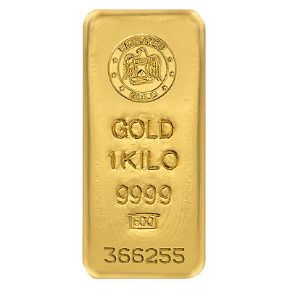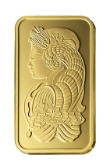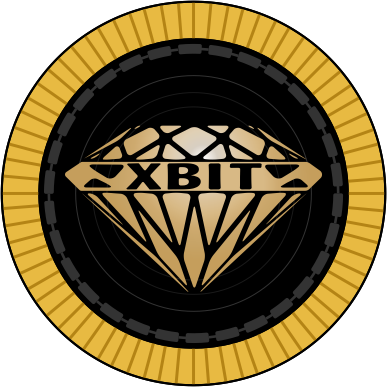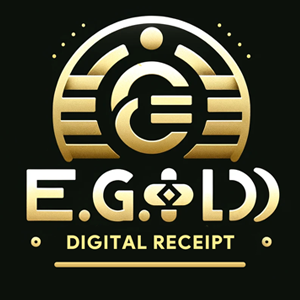
In recent years, cryptocurrency has surged in popularity as a revolutionary digital asset. Many early adopters have seen remarkable gains, and some now ask: how can I convert my cryptocurrency into tangible, lasting value? One compelling option is to turn your digital wealth into physical gold bars. Gold has been a trusted store of value for thousands of years, offering stability and security that digital coins sometimes lack. This guide walks beginners through the process of converting cryptocurrency into gold bars easily and safely.
Why Convert Cryptocurrency into Gold Bars?
Before diving into the how-to, it’s worth understanding why someone might want to convert crypto into gold:
Stability and Tangibility: Cryptocurrencies can be highly volatile, with prices fluctuating dramatically. Gold, by contrast, has historically maintained value over centuries and can be physically held and stored.
Portfolio Diversification: Holding gold bars diversifies your investment portfolio, reducing risk from crypto market crashes.
Privacy and Security: Physical gold stored securely offline is immune to hacking or digital theft, unlike cryptocurrencies stored in wallets or exchanges.
Hedge Against Inflation: Gold is traditionally a hedge against inflation and currency devaluation.
Step 1: Choose Your Cryptocurrency Wisely
Not all cryptocurrencies are equally easy to convert into gold. Bitcoin (BTC) and Ethereum (ETH) are the most widely accepted and traded coins, so they tend to be the easiest to exchange for precious metals. Make sure your crypto holdings are on a reputable wallet or exchange where you can transfer or sell them securely.
Step 2: Find a Trusted Gold Dealer That Accepts Crypto
The next crucial step is to find a gold dealer or precious metals broker that accepts cryptocurrency as payment. This is becoming increasingly common as the crypto market matures. Some platforms specialize in crypto-to-gold transactions, offering user-friendly interfaces and competitive rates.
Tips for choosing a dealer:
Look for dealers with a strong reputation and good customer reviews.
Verify if they provide insured shipping and secure storage options.
Check the fees, premiums, and transparency of pricing.
Confirm which cryptocurrencies they accept (Bitcoin, Ethereum, stablecoins, etc.).
Step 3: Convert Your Cryptocurrency to Fiat (Optional)
Some dealers may not accept direct crypto payments and require you to convert your cryptocurrency to fiat currency (USD, EUR, etc.) first. This can be done through major exchanges like Coinbase, Binance, or Kraken.
Sell your crypto for fiat.
Transfer the fiat to your bank account.
Use that fiat to purchase gold from the dealer.
Though this adds a step, it sometimes offers better pricing or a wider selection of gold products.
Step 4: Decide the Type and Amount of Gold Bars
Gold bars come in various sizes and purities. Most investors prefer:
1-ounce bars: Easy to buy and sell, and widely recognized.
Larger bars (10 oz, 1 kg): Lower premium per gram but require more upfront investment.
Purity: Standard investment gold bars are 99.99% pure (24 karat).
Choose bars from reputable refineries like PAMP Suisse, Credit Suisse, or the Perth Mint to ensure authenticity and liquidity.
Step 5: Complete the Purchase Securely
Once you’ve chosen your dealer and gold bars, follow these steps to complete your purchase:
Transfer your cryptocurrency directly if the dealer accepts it.
Or, pay using fiat after converting your crypto.
Provide your shipping address and opt for insured delivery.
Keep all receipts and certificates of authenticity for your gold bars.
Step 6: Storage and Security
After acquiring your gold bars, decide how to store them safely:
Home safes: Suitable if you have a high-quality, secure safe and alarm system.
Bank safety deposit boxes: Offer strong security but limited access hours.
Professional vault storage: Some dealers offer insured vault storage services with high security and easy liquidity if you decide to sell later.
Additional Tips and Considerations
Beware of scams: Only use well-established dealers and verify all credentials.
Understand tax implications: Depending on your country, converting crypto to gold may trigger capital gains taxes or other regulations.
Keep documentation: Maintain transaction records and certificates for resale or audits.
Be patient: Prices fluctuate; timing your purchase can optimize value.
Turning cryptocurrency into gold bars can be a smart way to preserve wealth and diversify your assets. While the process might seem complex at first, with careful research and trusted partners, it can be straightforward and secure. Whether you want a tangible asset to complement your digital portfolio or a long-term hedge against market volatility, converting crypto to gold offers a compelling pathway to financial stability.
NOTE
This Content is the copyrighted content of EE.GOLD. All rights are reserved. You are welcome to share or use our content only by including direct links to our website. Any other form of reproduction, distribution, or use without proper attribution is strictly prohibited.
This Content is intended solely for educational purposes. The information provided does not constitute financial or investment advice.
Please note that Digital Storage Receipt, Secure Storage Solutions, and Physical Gold Sales are the only services offered by EE.GOLD.
We strictly adhere to government regulations and are firmly against all illegal financial or investment activities globally.
For further inquiries, feel free to contact us through our official channels.










.png)

